Spray Varnish Acrylic Painting
Spray varnish acrylic painting. Up to 7 cash back Acrylic Spray Varnish Products. The foam brush should be barely touching the surface of the polycrylic and try not to break the surface tension. Varnish also unifies uneven tones caused by using various mediums and water on different areas throughout your painting.
If varnishing a large work apply spray varnish half way down and turn the painting 180 degrees then complete the varnishing. Left hand navigation Skip to Search Results. Lay the painting flat while varnishing and make sure its in a place where it can lie flat and undisturbed for a few hours while the varnish driesIf you try to varnish the painting while its hanging on a wall for example the varnish will just run down the canvas and drip all over the floor.
This waterbased low-odor varnish provides durable permanent film on acrylic paintings. There are many reasons to varnish your acrylic painting although some artist are adamant that acrylic paintings should not be varnished. Wait 24 hrs or more in between spray coats.
Pour a small puddle of polycrylic in a corner of the painting Using the foam brush work the sealant outwards from the corner. Place your painting vertically in a dust free room. In general acrylic resin varnishes are glossier stronger and clearer than acrylic polymer varnishes.
It contains UV protection and resists yellowing fogging and dirt. How to apply a spray varnish Wipe over the surface with a lint-free cloth. Conservation varnish and any spray for that matter needs to be applied in look humidity weather.
This will prove super helpful in the years to come because you can simply use a damp cloth to wipe and clean the varnish surface helping your painting look like new again. UV is just that. Therefore if you want a high-gloss finish you should go for an acrylic resin varnish such as Golden MSA Varnish.
Spray varnish is preferred because it reduces the risk of damage to the artwork with a less solid contact to the surface. Make sure it is clean and dry.
Use light even pressured strokes.
How to apply a spray varnish Wipe over the surface with a lint-free cloth. The next step in how to varnish an acrylic painting. Therefore if you want a high-gloss finish you should go for an acrylic resin varnish such as Golden MSA Varnish. The foam brush should be barely touching the surface of the polycrylic and try not to break the surface tension. Place your painting vertically in a dust free room. Refine by Top Brands. Conservation varnish and any spray for that matter needs to be applied in look humidity weather. In general acrylic resin varnishes are glossier stronger and clearer than acrylic polymer varnishes. Varnish also unifies uneven tones caused by using various mediums and water on different areas throughout your painting.
Varnish protects your painting from dirt dust UV rays and yellowing. Before applying the final varnish youll need to apply an isolation coat over the entire painting. Varnish protects your painting from dirt dust UV rays and yellowing. Spray varnish is preferred because it reduces the risk of damage to the artwork with a less solid contact to the surface. There are many reasons to varnish your acrylic painting although some artist are adamant that acrylic paintings should not be varnished. Conservation varnish and any spray for that matter needs to be applied in look humidity weather. I always apply couple coats of varnish 10-15 min in between each coat.




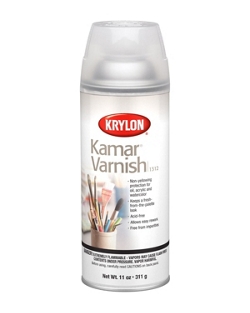

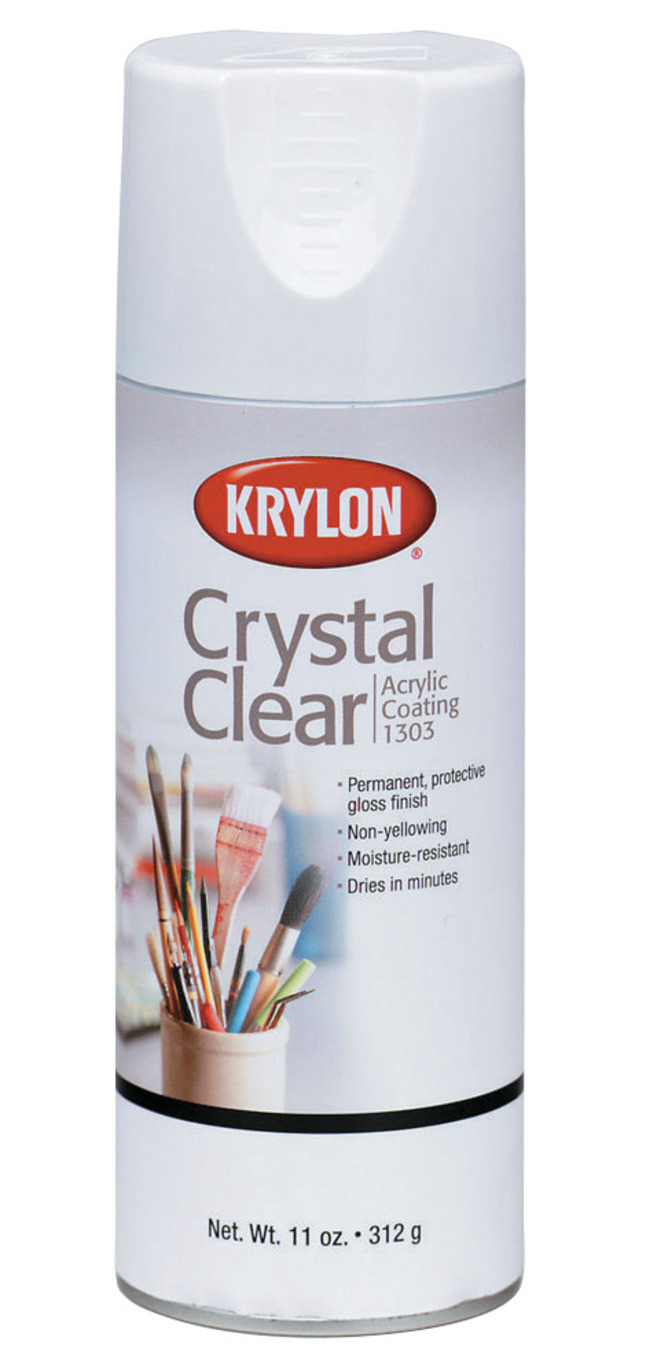





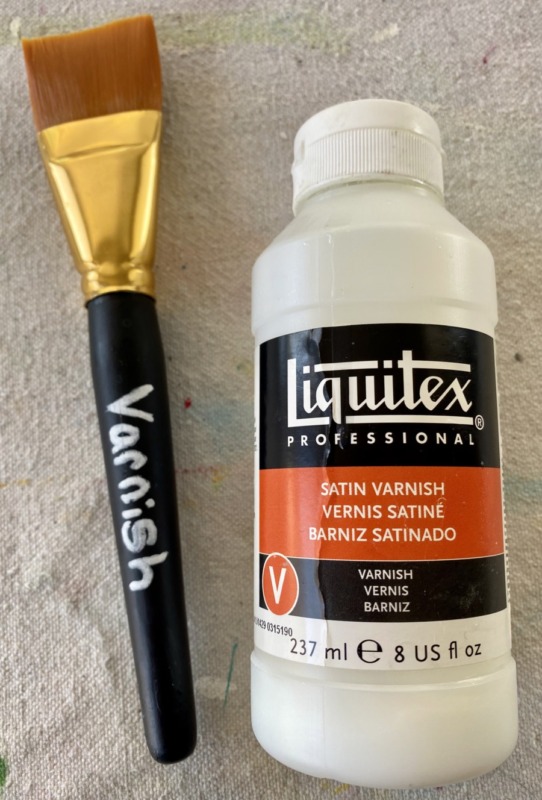





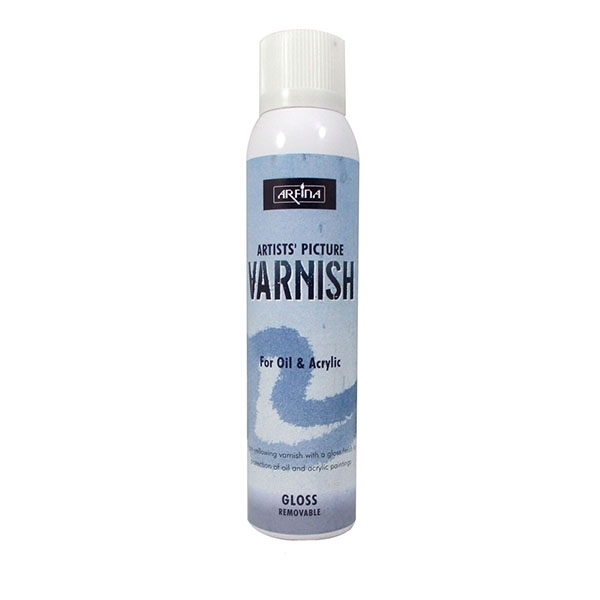

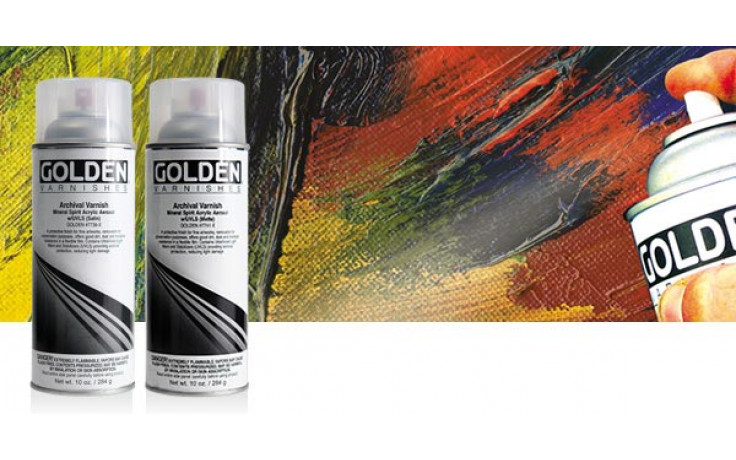

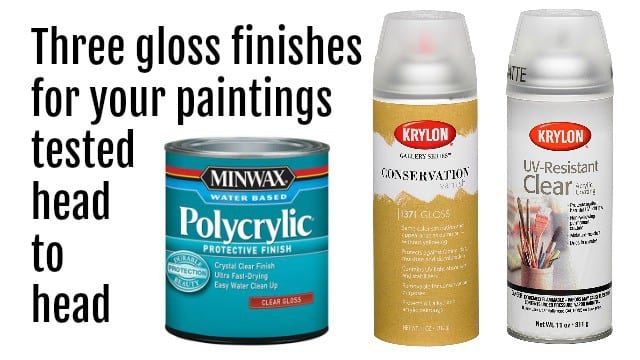






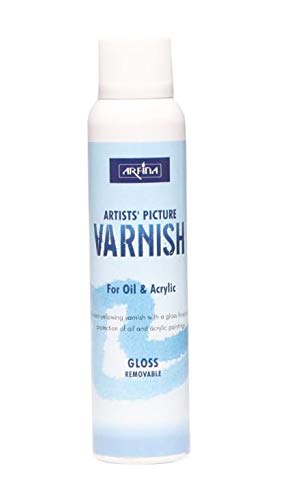


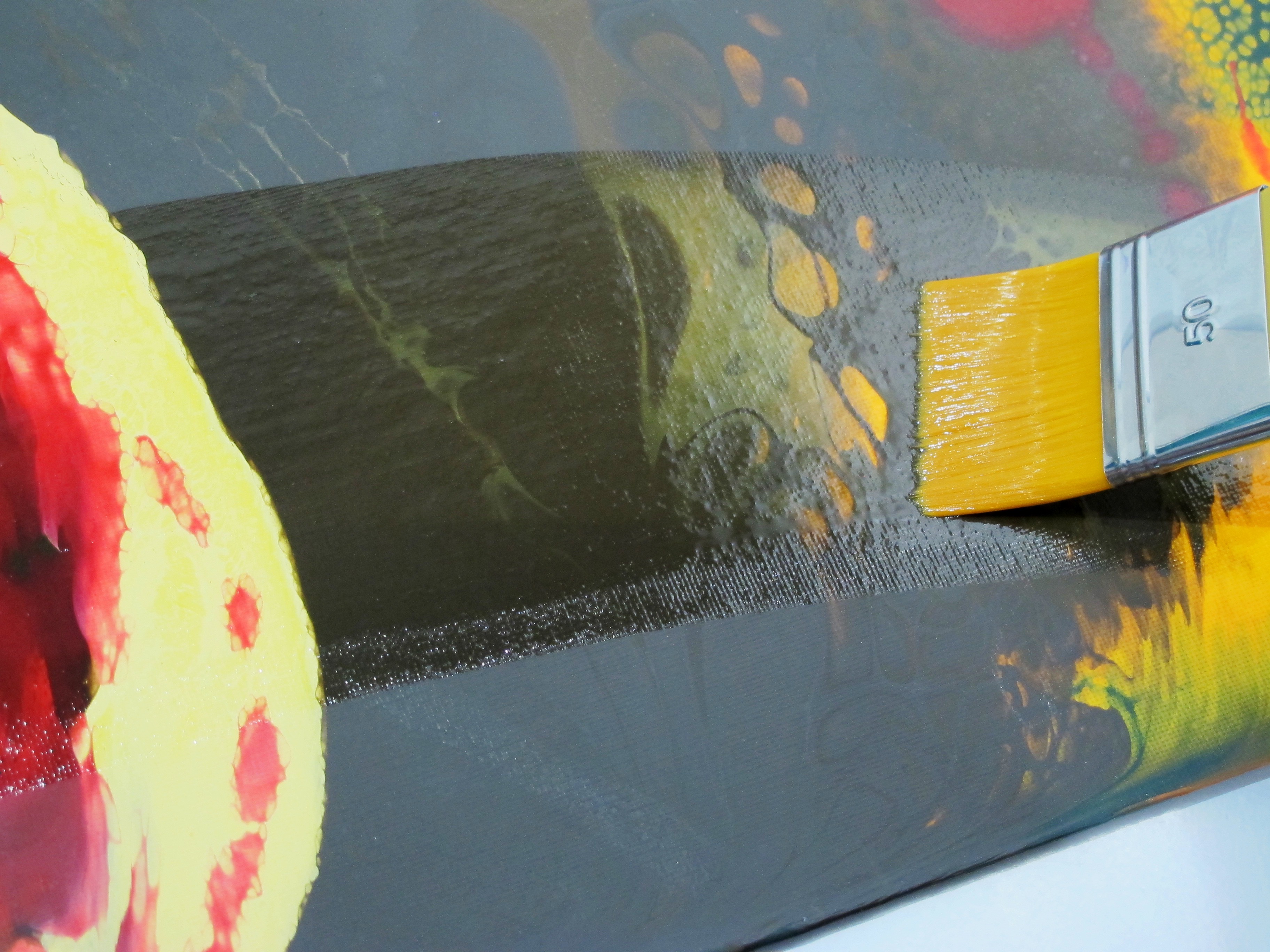


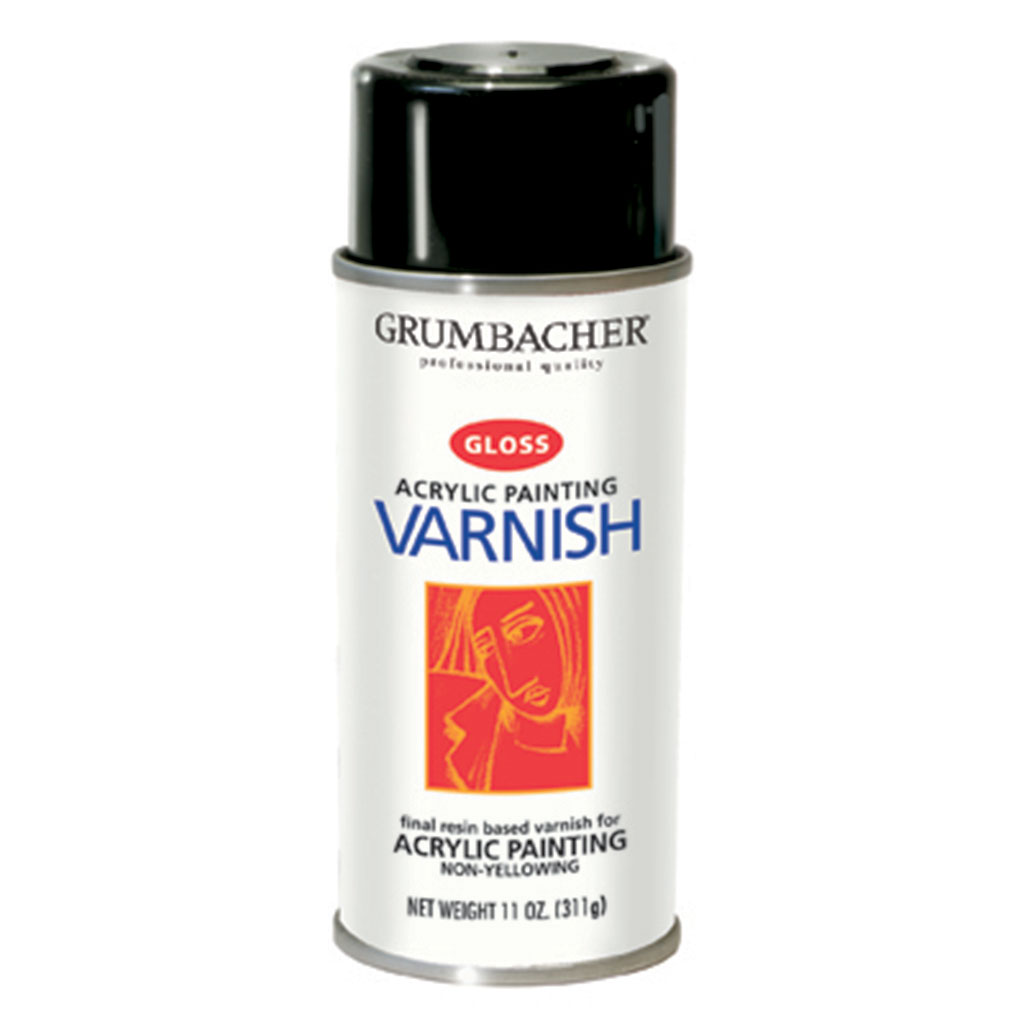



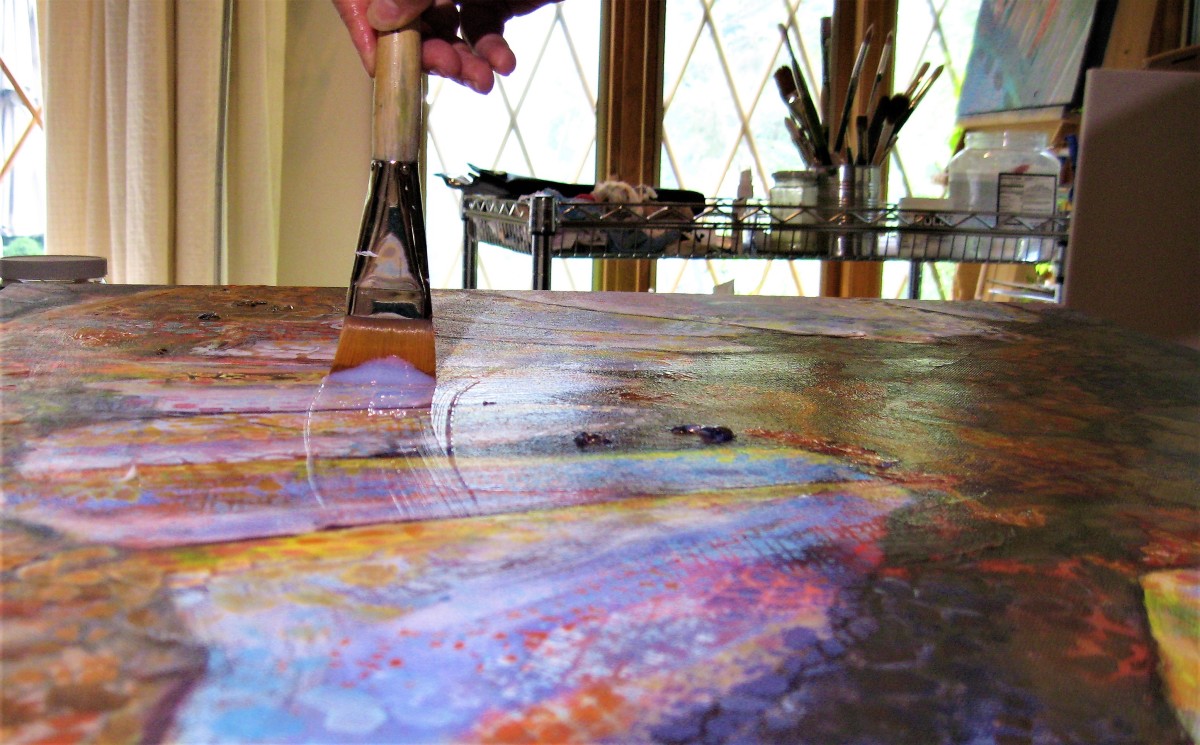

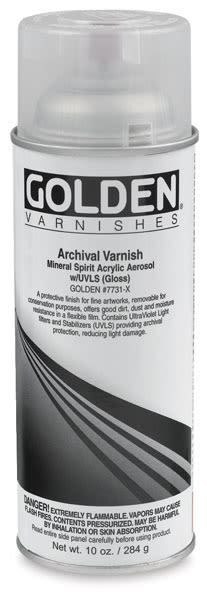


Post a Comment for "Spray Varnish Acrylic Painting"